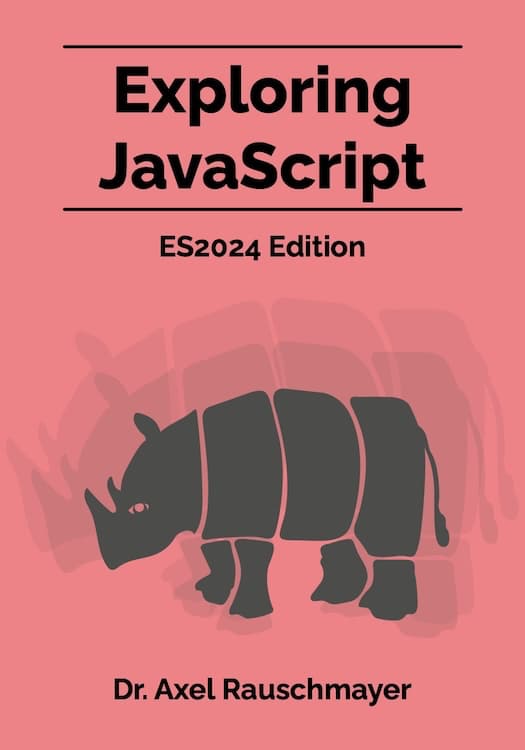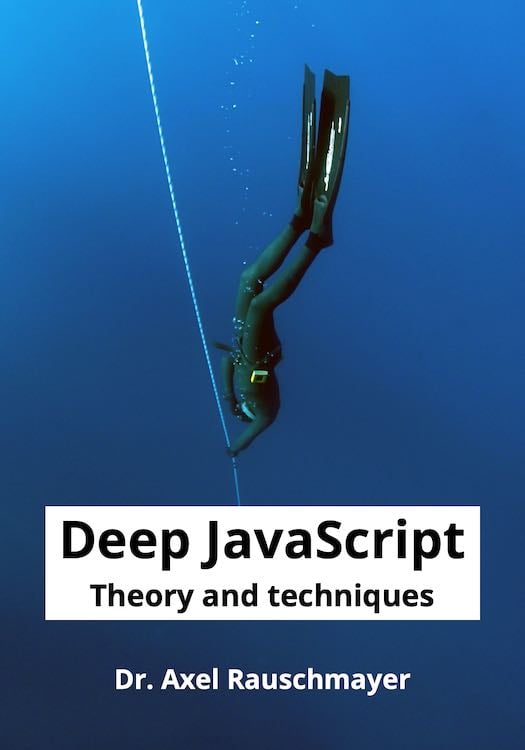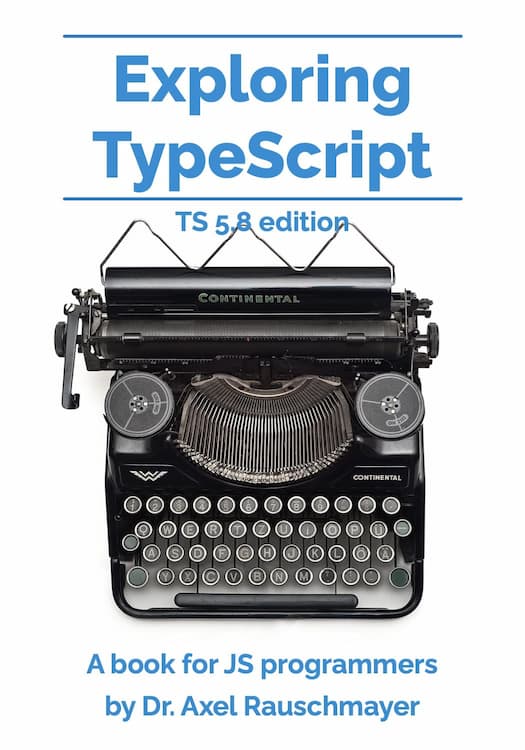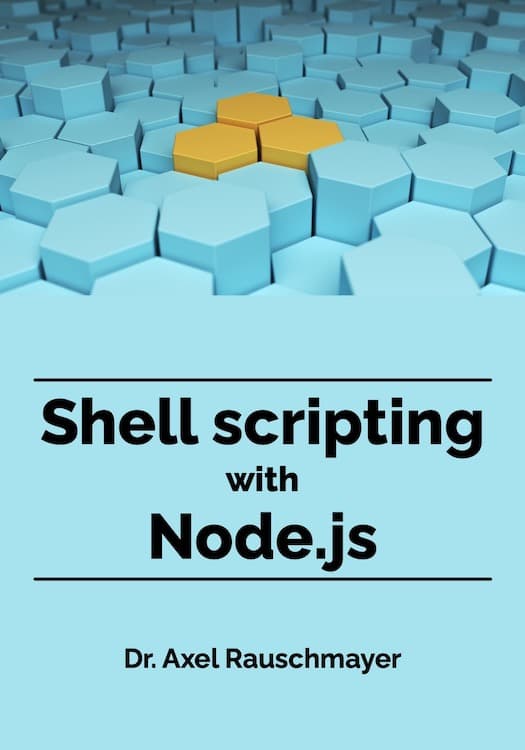2022-12
ECMAScript 2025 feature: Set methods
In this blog post, we examine the ECMAScript proposal “Set methods for JavaScript” by Michał Wadas, Sathya Gunasekara and Kevin Gibbons. It introduces new methods for Sets.
ECMAScript proposal: iterator helpers
In this blog post, we look at the ECMAScript proposal “Iterator helpers” by Gus Caplan, Michael Ficarra, Adam Vandolder, Jason Orendorff, Kevin Gibbons, and Yulia Startsev. It introduces utility methods for working with iterable data: .map(), .filter(), .take(), etc.
The style of the proposed API clashes with the style of the current iteration API. We’ll explore how we can fix that.
2022-11
Testing static types in TypeScript
When it comes to TypeScript code:
- There are many options for testing its behavior at runtime.
- There are far fewer options for testing its compile-type types.
In this blog post, we look at the latter.
ECMAScript proposal: Array.fromAsync()
This blog post is about the ECMAScript proposal “Array.fromAsync for JavaScript” by J. S. Choi. It introduces a static method for converting asynchronous iterables to Arrays.
ECMAScript proposal: source text access for JSON.parse() and JSON.stringify()
In this blog post, we look at the ECMAScript proposal “JSON.parse source text access” by Richard Gibson and Mathias Bynens.
It gives access to source text to two kinds of callbacks:
- Revivers, callbacks that are passed to
JSON.parse()and post-process the data it parses. - Replacers, callbacks that are passed to
JSON.stringify()and pre-process data before it is stringified.
We’ll examine how exactly that works and what you can do with this feature.
ECMAScript proposal: RegExp flag /v makes character classes and character class escapes more powerful
In this blog post, we look at the ECMAScript proposal “RegExp v flag with set notation + properties of strings” by Markus Scherer and Mathias Bynens.
Linking from GitHub to Mastodon
Finding people on Mastodon is still difficult. If you have a GitHub account, you can help others find you by linking from it to your Mastodon account.
2022-10
Getting started with Mastodon
In this blog post, I’d like to explain how to get started with Mastodon.
JavaScript metaprogramming with the 2022-03 decorators API
JavaScript decorators have finally reached stage 3! Their latest version is already supported by Babel and will soon be supported by TypeScript.
This blog post covers the 2022-03 version (stage 3) of the ECMAScript proposal “Decorators” by Daniel Ehrenberg and Chris Garrett.
A decorator is a keyword that starts with an @ symbol and can be put in front of classes and class members (such as methods). For example, @trace is a decorator:
class C {
@trace
toString() {
return 'C';
}
}
A decorator changes how the decorated construct works. In this case, every invocation of .toString() will be “traced” (arguments and result will be logged to the console). We’ll see how @trace is implemented later.
How to write CommonJS exports that can be name-imported from ESM
This blog post explores how to write CommonJS modules so that their exports can be name-imported from ESM modules on Node.js.





